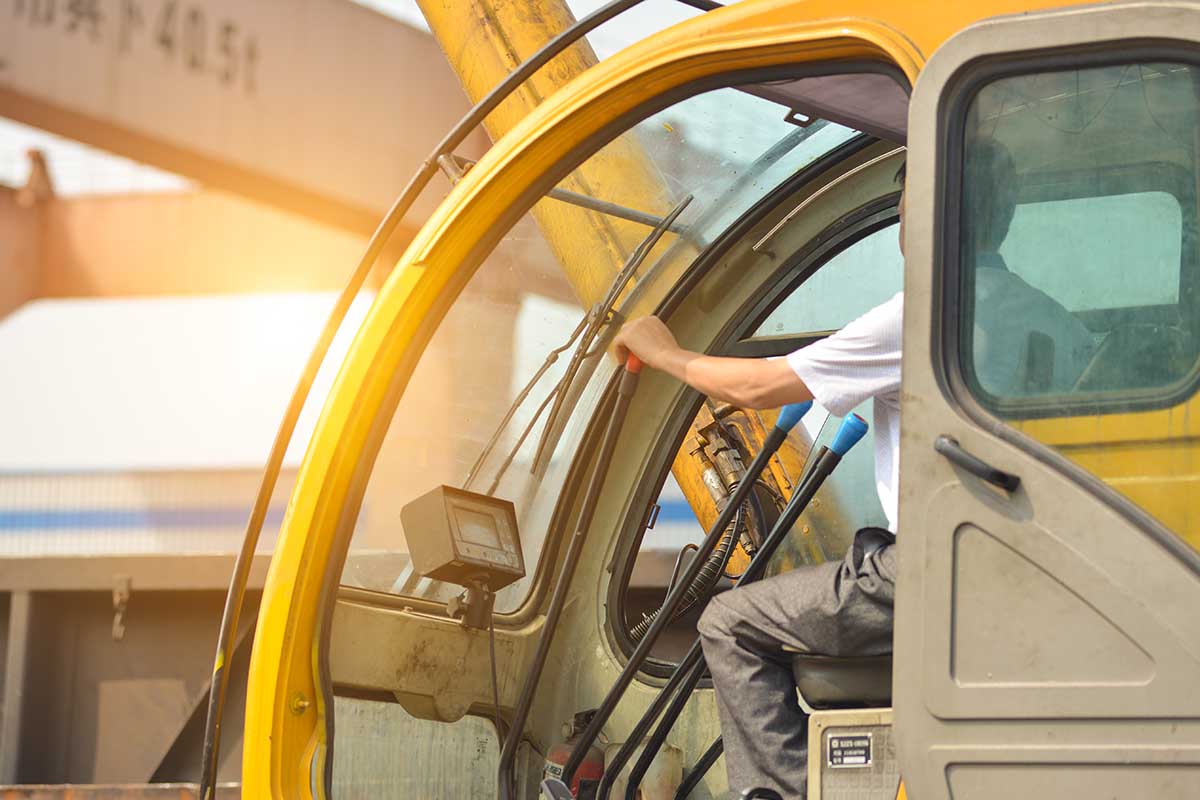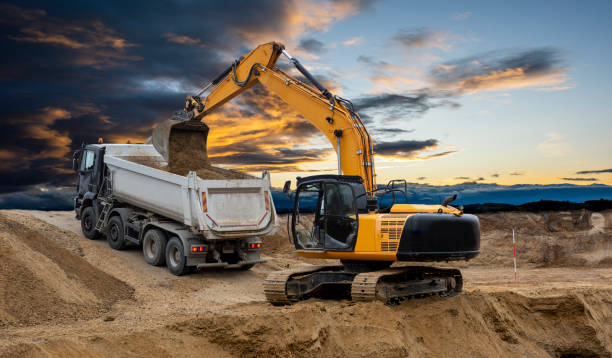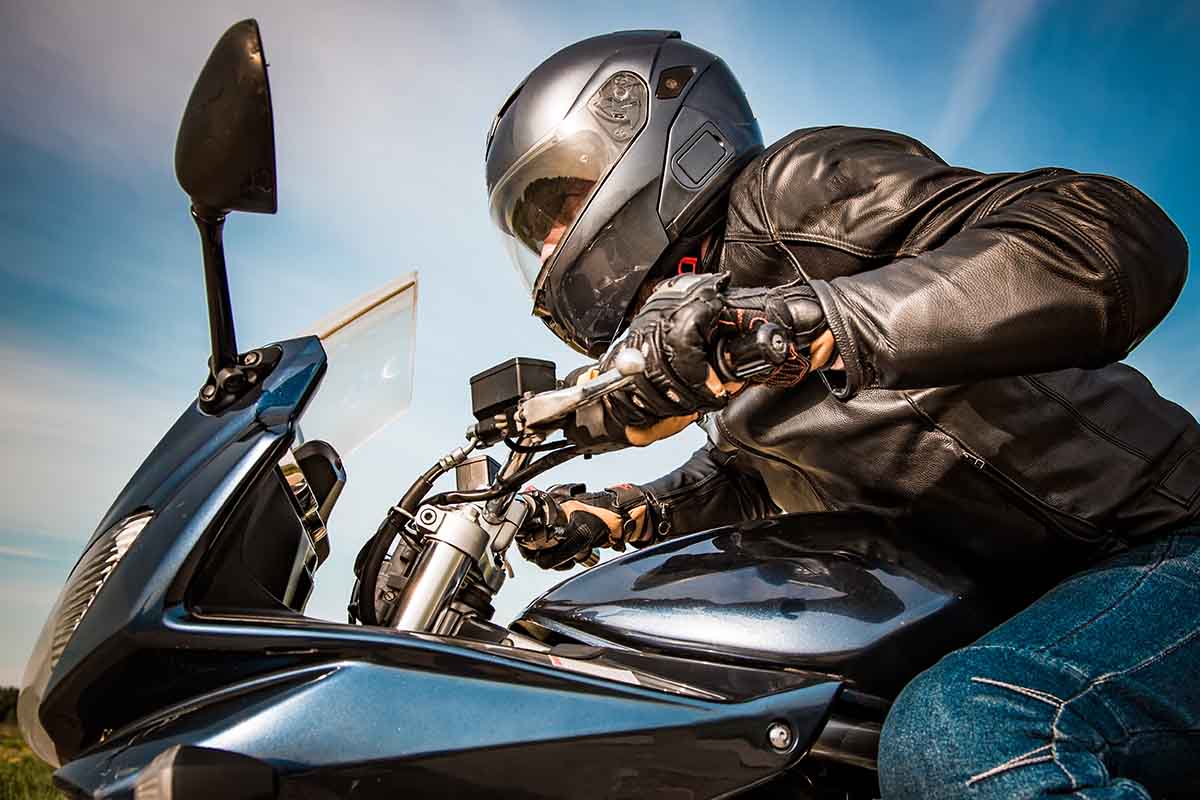5 Safety Practices When Working Around Construction Machinery
Working in larger construction sites means you’ll be regularly around construction machinery. These are heavy equipment operators handle to assist with the heavy lifting necessary to complete structures. So naturally, their size and different parts present an additional hazard in an already risk-filled workplace.
When not appropriately handled, construction machinery can be life-threatening. Accidents involving them may cost more than damages to the site but also to the people working on it. It can’t be overstated that using heavy equipment isn’t something you take lightly, regardless of how experienced you are.
Every worker at a construction site is responsible when around heavy equipment. Good thing there are standard safe practices you can apply when working to protect everyone on-site. Learn five of them in this blog that lists safety practices when working around construction machinery.
Every worker at a construction site is responsible when around heavy equipment. Good thing there are standard safe practices you can apply and safety equipment like the best Logger boots to wear when working to protect everyone on-site. Learn five of them in this blog that lists safety practices when working around construction machinery.
Inspect machines before using
Operators have to inspect construction machinery before using them. It should be a regular thing to determine whether they’re ready to use. Besides safety, it can also help ensure timely maintenance to prevent sudden repairs and reduce repair costs.
Before operators start their designated equipment, they should check tires and tracks for wear and damage. Construction machinery tires are designed for heavy usage, but it doesn’t hurt to be cautious because tire wear and damage will make the equipment less safe to operate. If the equipment is leased and used, the wear on tires may require replacing it with brand new ones from credible heavy equipment tire manufacturers like Triangle Tires Philippines.
Besides tires, operators should also check fluid levels, i.e., engine oil and hydraulic fluid. They should also ensure that hydraulic hoses, buckets, booms, and other components aren’t damaged. All attachments should also be securely locked in place before use. One other way to add safety and assurance in the inspection process getting a professional assessment from a reputable hydraulic hose repair business can be a supplementary action to take.
Provide comprehensive training to operators
Operators must know what they’re doing when on the construction site. Besides properly operating and handling construction machinery, they should also know how to act when they’re near it. That’s why training is important to address all safety concerns.
All machinery workers must be familiar with how every machine works, even those they won’t use, to know how to act on-site. They should also know the basics of handling them, such as mounting and dismounting and proper start-up procedures. In addition, it’s also necessary that they have a clear understanding of lifting loads and the loading capacity of the equipment they’ll operate to avoid damaging them.
Awareness of surroundings
As mentioned previously, a construction site is a hazardous workplace. Workers are surrounded by many things that can hurt or even threaten their lives. Thus, operators and their co-workers must always be aware of their surroundings.
Machinery operators should be mindful of the area where they’re using the equipment. Keep your distance from any obstructions and people as well. If possible, put barriers around anything exposed to machinery operations for protection. There should also be clear signs to tell other workers to steer clear of machinery operating areas.
Have all underground utilities marked so operators can avoid them? They should also be aware of the swing radius of machines to avoid hitting anything or anyone. You can also assign other workers to be spotters to help machinery operators with blind spots and swing radii.
This level of awareness around construction machinery should be not only for operators but all workers on the site. Female workers should use a women’s safety vest to be more visible, especially in areas where machinery is operating. This will result in increased safety for everyone working on-site.
Infographic created by
Yak Mat, a crane
mat manufacturer
Operate equipment for intended use
While several construction machinery can use different attachments to perform various tasks, it doesn’t mean operators should. Instead, only use the right machinery for the right job. Doing so helps maintain their integrity.
Don’t overload any of them to avoid overworking. Don’t use pieces of equipment to lift workers to high places. Also, operators shouldn’t go too fast, especially on slopes.
Enter and exit equipment properly
There are proper ways to mount and dismount heavy equipment; as mentioned above, operators should be trained to learn them. That’s to avoid injuries that they may suffer from missteps.
Operators should maintain three points of contact when climbing onto equipment. They shouldn’t carry anything when entering the cab as. Well to hold onto handles when they need to. They should also ensure that the equipment is completely shut off after using them, with the parking brake engaged and all pressure released from hydraulic controls.
Wrapping up
You can mitigate the risks of working at a construction site by practicing the safe use of construction machinery. It’s all about training operators and workers to be aware of their surroundings and maintaining equipment to ensure integrity.
Author’s Bio:
Frank is an energetic salesman. In his free days, he spends his time writing and reading about quality tires and vehicular parts. He says it’s because of his love for cars ever since he was a kid when his dad started teaching him about automotive parts.




















